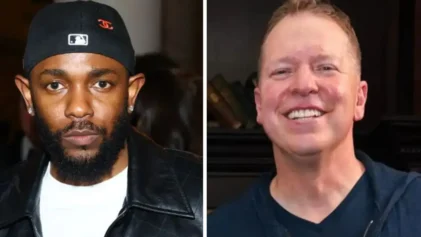In one corner is Kendrick Lamar, from Compton, Calif., one of the most daring and sometimes vexing rappers of the day and one who is inverting the gang-rap legacy of his hometown while working under the auspices of one of its founding fathers, Dr. Dre.
In the other corner is Meek Mill, from Philadelphia, a bully of a rapper who, while not as innovative as, say, Drake, has been the most exciting young conventional hip-hop star of the last couple of years since he signed with Maybach Music Group, the label with Rick Ross at the helm.
Superficially they are at opposite poles: Mr. Lamar is an anointed-by-acclamation savior and a reluctant hit maker while Meek Mill is an excitable star with a firm grasp on what makes people move. But each has a strong new major-label debut album and something in common: they’re storytelling purists. Mr. Lamar’s “good kid, m.A.A.d. city” (TDE/Aftermath/Interscope) and Meek Mill’s “Dreams and Nightmares” (Maybach Music Group/Warner Brothers) are two very different accomplishments but accomplishments all the same. They albums also effectively demonstrate how two artists who value the same fundamentals can choose wildly different paths to express them.
Mr. Lamar’s is the bolder route. His is a totally unhurried album, easily the most ambitious in hip-hop this year, maybe the most ambitious in any mainstream-focused genre. His songs unfold at the speed of life as it’s often lived – slow, meandering, often unremarkable. Every time some action threatens to accelerate the pace of Mr. Lamar’s album, in comes a voice-mail message from his mother killing the buzz.
That’s part of this album’s narrative strategy, which includes, on top of Mr. Lamar’s tremendous verses, prayers and conversations and different voices and recollections and interludes, all in service of one overarching story: Mr. Lamar’s tale of ducking Compton’s rougher corners to find himself artistically.
The album “good kid, m.A.A.d. city” recalls the intricacy of early albums by De La Soul, but without the humor. It has the blushing charm of the Pharcyde and the grounded funk of early Outkast, as well as songs that carry an evident sonic torch for his city’s gangster-rap past. Mr. Lamar has also probably listened to some Freestyle Fellowship, the Los Angeles underground heroes who counterbalanced that gangster rap in the early ’90s with inventive wordplay. He’s halfway toward bending words in the same manner as they did and likely for the same reason: to escape…
Read more: Jon Caramanica, NY Times


